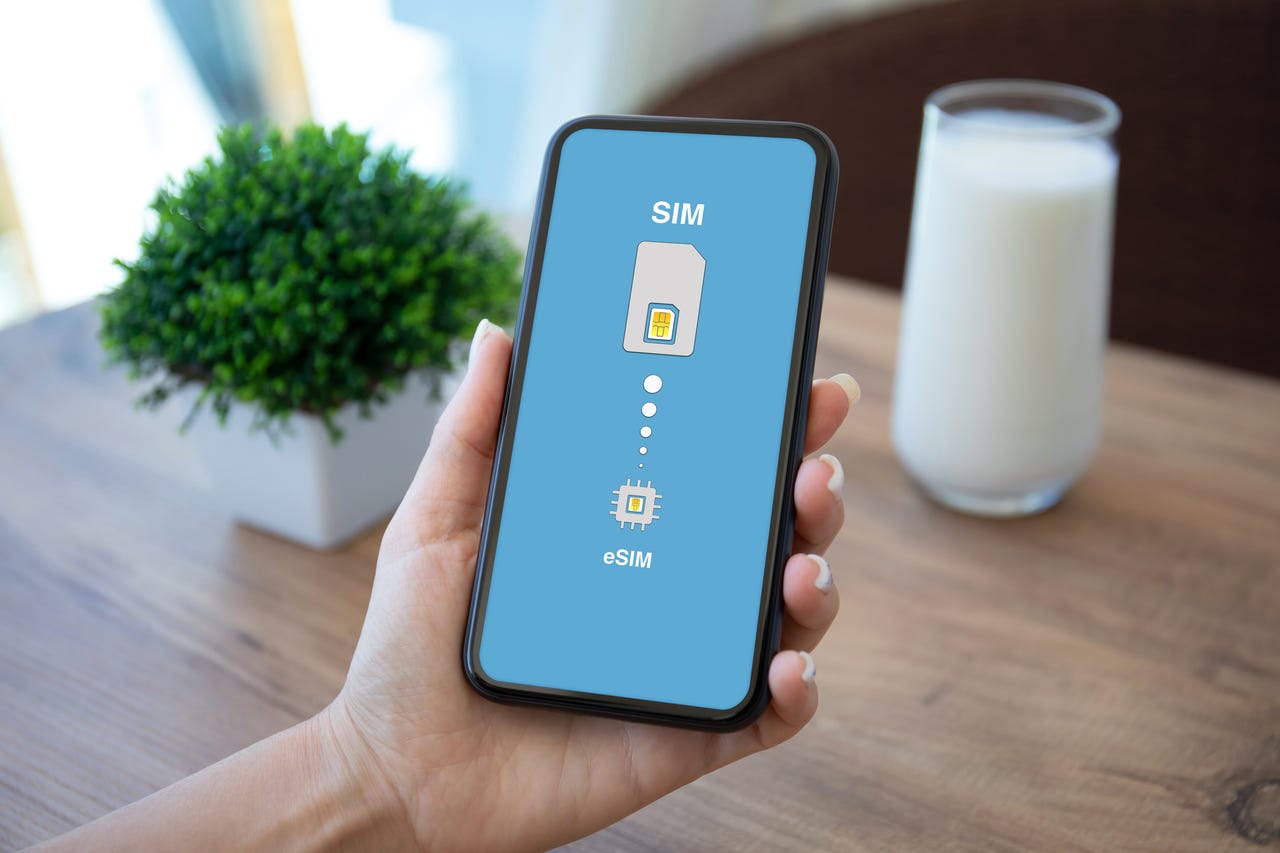Android's eSIM transfer comes to more smartphones. Here's how it works


During last year's Mobile World Congress, Google introduced the new eSIM transfer technology that allowed users to transfer the mobile plan from one device to another without having to use a physical SIM card. At the time, the process was only available for Pixel devices but, according to Mishaal Rahman, the feature has started to pop up for other devices, including the Samsung Galaxy Ultra 24.
Back in 2018, Google announced they were bringing eSIM technology to more networks around the world, saying "To enable a consistent and simple experience across the ecosystem, we're also creating a program that allows Android device makers to build eSIM-capable smartphones. We look forward to continuing our work with our partners on the potential benefits of eSIM—whether that's getting you connected to a phone, watch, tablet, or laptop—in the future."
Also: The best Android phones that we've tested (including foldables)
The eSIM process is simple: When both your old and new phones are near each other, a prompt to "Transfer SIM to [insert new phone model]" will appear on your old device. Tap next and a QR code will appear on your new phone, while a small camera viewfinder will appear on your old one. Simply scan the QR code with the old phone, and all of your information will automatically begin to transfer over.
The Samsung eSIM transfer tool was originally included with One UI 5.1 and was only intended to work between Galaxy devices. However, it has been reported (by the Reddit user FragmentedChicken) that the latest One UI update (version 6.1) indicates the Samsung transfer is now compatible with non-Galaxy devices.
According to eSIM.net, eSIMs offer multiple benefits: You won't have to worry about ever purchasing a new SIM card; you can store multiple profiles on a single device and easily switch between them; and an eSIM uses less space and is more durable and reliable than a traditional SIM card.
Apple's take on eSIMs is that they are far more secure than physical SIM cards because they can't be removed (and used on other devices) should your phone be lost or stolen.
Also: iPhone 15 eSIM: How to transfer your phone number to Apple's new iPhone
The one caveat: eSIM transfer technology seems to be limited currently to T-Mobile in the US, but wider adoption of the technology should be rolling out soon. Of course, any Pixel user should be prompted for eSIM transfer when setting up a new device.